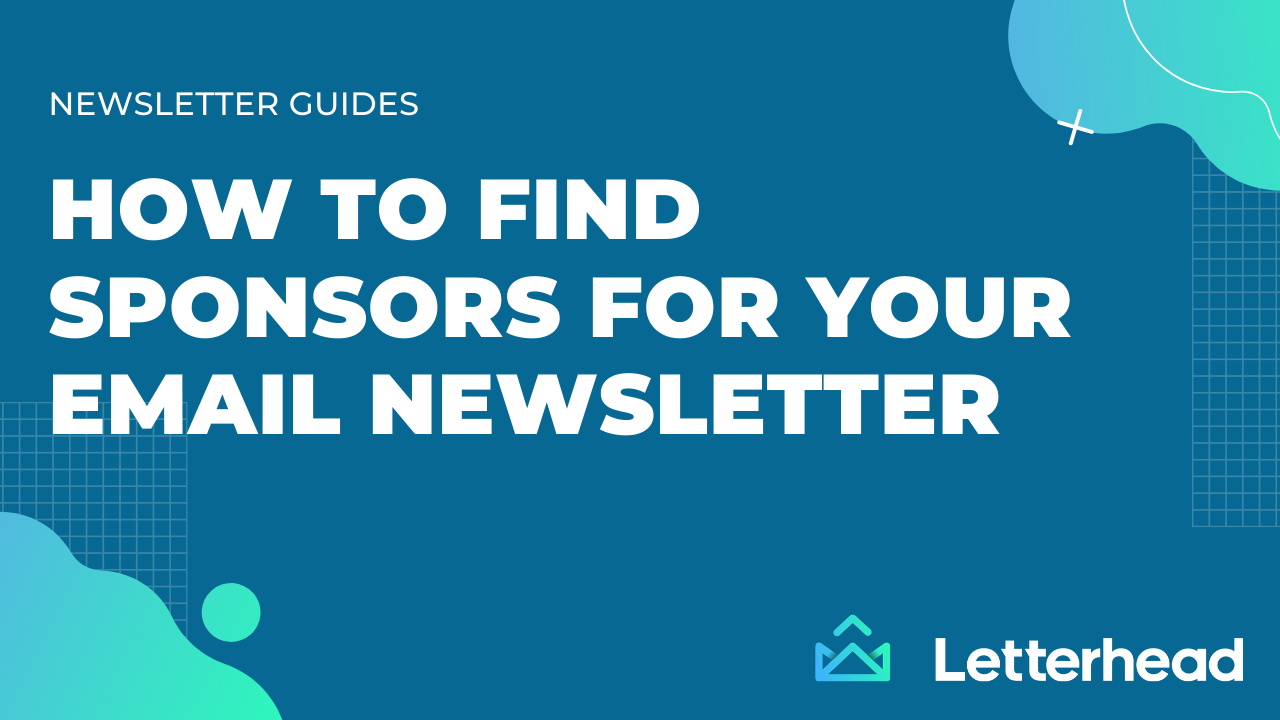From crafting the perfect message to hitting 'send,' getting your newsletter to your subscriber's inbox should be a smooth journey. However, unexpected roadblocks, such as spam filters, poorly timed delivery, and impersonal messaging, can turn this journey into an uphill battle. But worry not – we're all about outsmarting these obstacles and paving a clear path to your destination.
DOWNLOAD NOW → The Essential Action Plan for Successful Newsletter Operations
Understanding the Terrain: Email Deliverability Factors
Email deliverability - it’s a term that makes many a marketer’s eyes glaze over. But in newsletters, it's a critical aspect of your campaign. Deliverability determines whether your email lands in the inbox or is banished to the realm of spam. Several factors influence email deliverability, and having a grasp of these factors ensures that you're on the right track for success.
- Quality of Your Email List: The foundation of good deliverability starts with a high-quality email list. Building a list of engaged and interested subscribers who have willingly opted in to receive your newsletters is key. Avoid purchasing or using outdated email lists, as they can harm your sender's reputation and increase the chances of your emails being marked as spam.
- Relevance of Your Content: Creating relevant and valuable content is not only important for engaging your subscribers but also plays a role in email deliverability. When your content aligns with your subscribers' interests and expectations, they are more likely to interact with your emails, resulting in higher engagement rates and better deliverability.
- Sender's Reputation: Your sender's reputation is crucial to email deliverability. Internet service providers (ISPs) evaluate the reputation of the sender based on factors such as previous email performance, complaint rates, and adherence to email industry standards. Maintaining a positive sender reputation requires consistent email practices, avoiding spam traps, and promptly addressing any issues that may arise.
Crafting Effective Subject Lines
The subject line of your newsletter is like a firm handshake - it introduces your brand and sets the tone for what's to come. The best subject lines are intriguing, concise, and accurately reflect the content of the email.
An excellent example of this can be found in the subject lines employed by Netflix. Take, for instance, their masterful use of subject lines such as "New This Week: Money Heist, Lucifer, and More." It effortlessly aligns with the email's content by being crystal clear and captivating, enticing recipients to click and explore further. In the guide, we'll delve into the art of creating compelling click-worthy subject lines.
Scheduling Your Email Campaigns
Identifying the perfect send times for your emails may seem like a riddle, but with diligent testing and observation, it's possible to determine optimal schedules that resonate with your audience.
For example, global fashion retailer ASOS segments its email list by geography, ensuring that its newsletters arrive in subscribers' inboxes at the most convenient times for their respective regions. Likewise, MyFitnessPal times their emails to align with users' workout schedules, maximizing engagement and relevance.
Consider the day of the week as well. B2B companies often experience higher open rates during the workweek, while B2C companies might find weekends more fruitful. Continual testing, monitoring open rates, and adapting to your subscribers' preferences are key to determining the best send times.
Making it Personal
Personalization is more than a trend; it's the backbone of successful newsletters. It breathes life into your content, transforming it from a generic message into something that speaks directly to the recipient. Let's take a peek at some sterling examples of personalization done right.
Spotify's "Wrapped" campaign stands out for its bespoke approach. Spotify created a powerful connection with its audience by sharing personalized statistics about users' listening habits. Each email was like a musical journey unique to the receiver, showcasing their top songs, favorite genres, and total listening time. This hyper-personalized content was not just share-worthy but also drove impressive open and click-through rates.
Airbnb's personalized travel recommendations are a shining example of effective personalization in newsletters. By analyzing user preferences, search history, and previous bookings, Airbnb sends personalized newsletters with curated travel suggestions tailored to each subscriber's interests and travel habits. Whether it's highlighting unique accommodations in their favorite destinations or offering exclusive discounts for upcoming trips, Airbnb's personalized newsletters make subscribers feel valued and provide them with relevant content that enhances their travel experiences.
The key takeaway from these examples is that personalization in newsletters goes beyond simply addressing the recipient by name. It involves leveraging data insights to deliver tailored content and recommendations that resonate with individual subscribers. You can boost engagement, click-through rates, and overall satisfaction with your newsletter campaigns by making your newsletters feel more personalized and relevant to each recipient's interests and preferences.
Navigating Newsletter Success
Sending a newsletter isn't a toss of the dice; it's a fine-tuned process. It requires a thorough understanding of the intricate email ecosystem, the art of creating compelling first impressions, striking the timing goldilocks zone, and weaving personalized touches into your messages.
At Letterhead, we're here to guide you every step of the way. We've introduced some key strategies, but there's much more to learn. Eager to explore further? Dive into our comprehensive guide for a more in-depth exploration of effective newsletter operations, and let's propel your newsletter success together.



